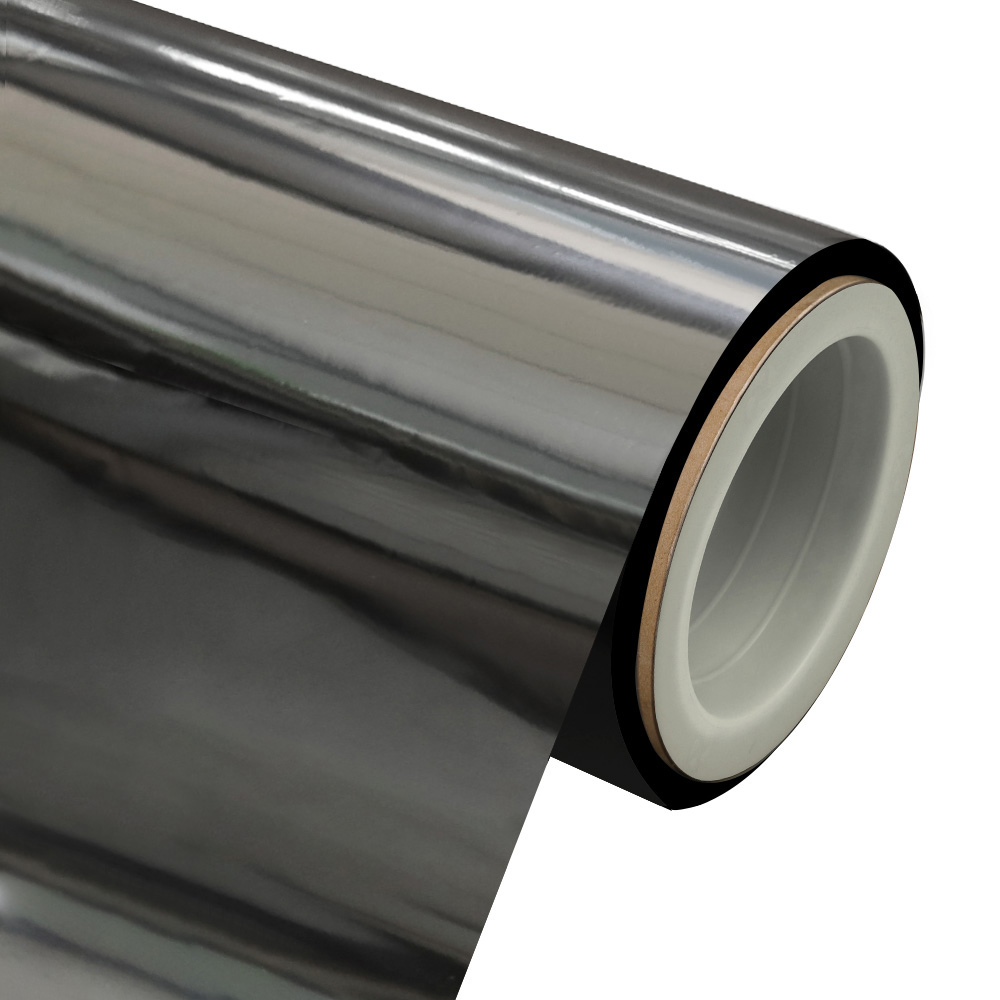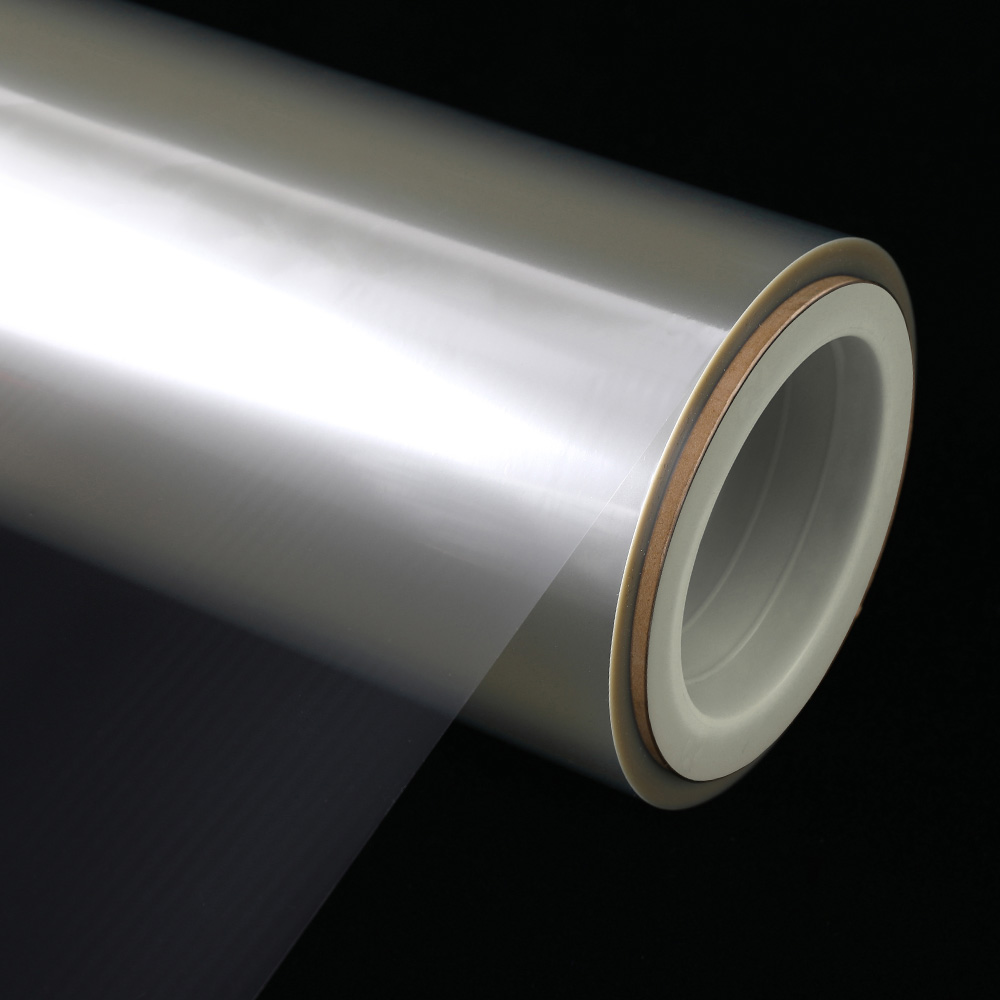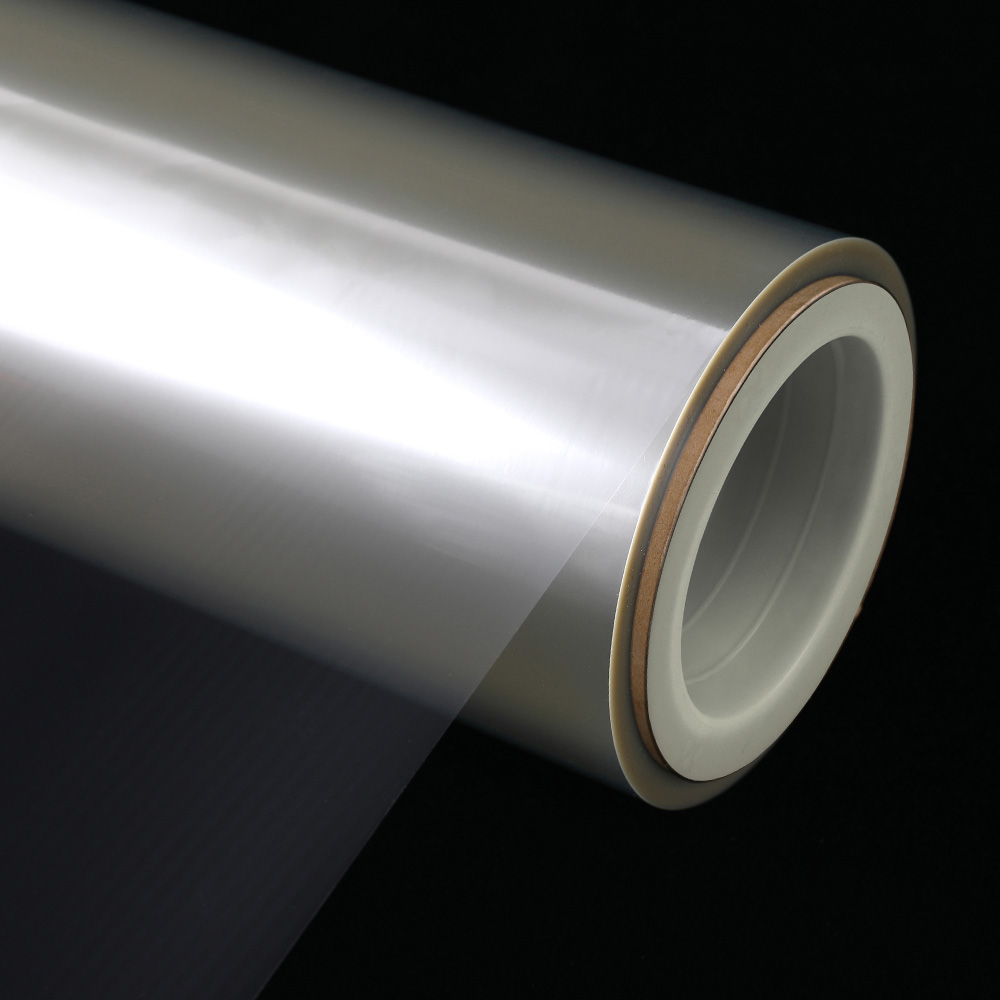Double-Sided Empowerment: The Packaging Potential of High Barrier Metallized CPP Film
High barrier metallized CPP film uses transparent cast polypropylene (CPP) as the substrate. CPP itself has good flexibility and processing adaptability. The production process uses a dual process of plasma treatment and corona treatment to modify the surface. Plasma treatment can effectively remove surface impurities and increase surface activity, while corona treatment further increases the surface tension of the film, creating ideal conditions for the subsequent aluminum plating process. In the aluminum plating process, advanced vacuum aluminum plating technology is used. In a high vacuum environment, the aluminum wire is heated and evaporated into gaseous aluminum atoms. These aluminum atoms move freely in a vacuum environment and are evenly deposited on the surface of the plasma and corona treated CPP film, gradually accumulating to form a dense and uniform aluminum layer. Although the aluminum layer is thin, it plays a key role in barrier performance. The other side of the film that is not aluminum-plated is retained as a heat-sealing layer. The material properties of the heat-sealing layer have been carefully formulated to have the ability to quickly melt and firmly bond with other materials at appropriate temperature and pressure. This double-sided differentiated structural design gives the film unique performance advantages from the root.
Multiple performances create packaging strength
High barrier metallized CPP film exhibits excellent comprehensive performance with its unique structural design. Metallization treatment gives it a metallic appearance, which not only enhances the visual texture of product packaging, but also blocks ultraviolet rays to a certain extent, providing additional protection for the contents. Good film stiffness ensures that the packaging maintains a stable shape after molding, avoids deformation due to external force, and ensures the integrity of the product during transportation and storage. The film also has a good barrier effect on odors, which can prevent the odor of the product in the package from emitting and maintain the flavor of the product, and prevent external odors from penetrating, ensuring that the quality of the contents is not disturbed by external odors. Advanced technology ensures good adhesion between the aluminum layer and the CPP substrate. During the production process, by precisely controlling the process parameters, the aluminum atoms are fully combined with the active sites on the surface of the CPP film to form a strong chemical bond. This strong adhesion makes the aluminum-plated layer not easy to fall off during long-term use and transportation, and always maintains the integrity of the barrier layer. The reliable heat-sealing performance of the heat-sealing layer is also a highlight. On the packaging production line, the heat-sealing layer can quickly melt and tightly combine with other packaging materials under the set temperature, pressure and time conditions to form a firm sealing structure, meeting the needs of large-scale and efficient packaging production.
Accurately adapt to the core packaging field
High barrier metallized CPP film occupies an important position in the field of food and pharmaceutical packaging with its own performance advantages. In food packaging, whether it is baked food, meat products or snacks, the packaging materials need to have good moisture-proof, anti-oxidation and fragrance-preserving properties. This film can effectively extend the shelf life of food and maintain the fresh taste and nutritional content of food. For pharmaceutical packaging, safety and stability are the key. The excellent barrier properties of the film can prevent the drug from reacting with the external environment and ensure that the drug maintains its efficacy within the validity period. Its heat-sealing performance also meets the strict sealing requirements of pharmaceutical packaging, ensuring the quality and safety of drugs during storage and circulation. The characteristics of being suitable for 2-layer structures make the film highly flexible in packaging design. It can be used in combination with other functional materials, such as foam materials with cushioning properties and paper with printing suitability. While meeting the packaging's multiple performance requirements for barrier, protection, display, etc., effective cost control is achieved through the reasonable selection of matching materials. This simple 2-layer structure is conducive to improving production efficiency, simplifying the packaging process, and providing packaging companies with cost-effective packaging solutions. It continues to play an important role in core areas such as food and pharmaceutical packaging.


 English
English  中文简体
中文简体 





